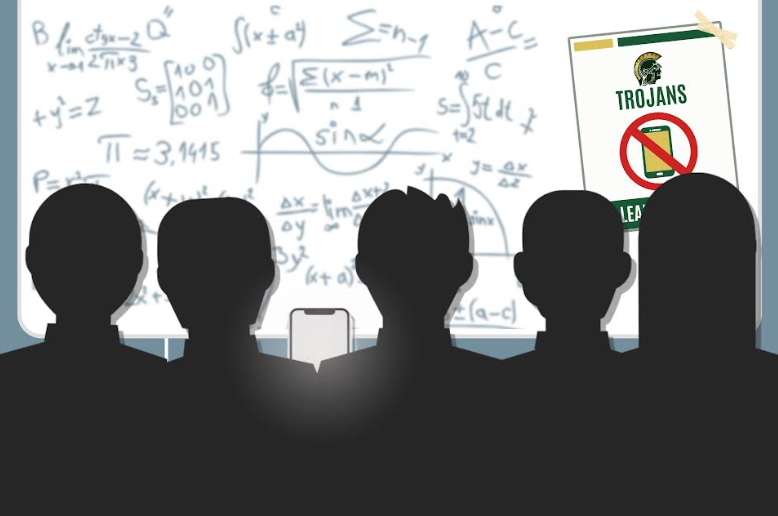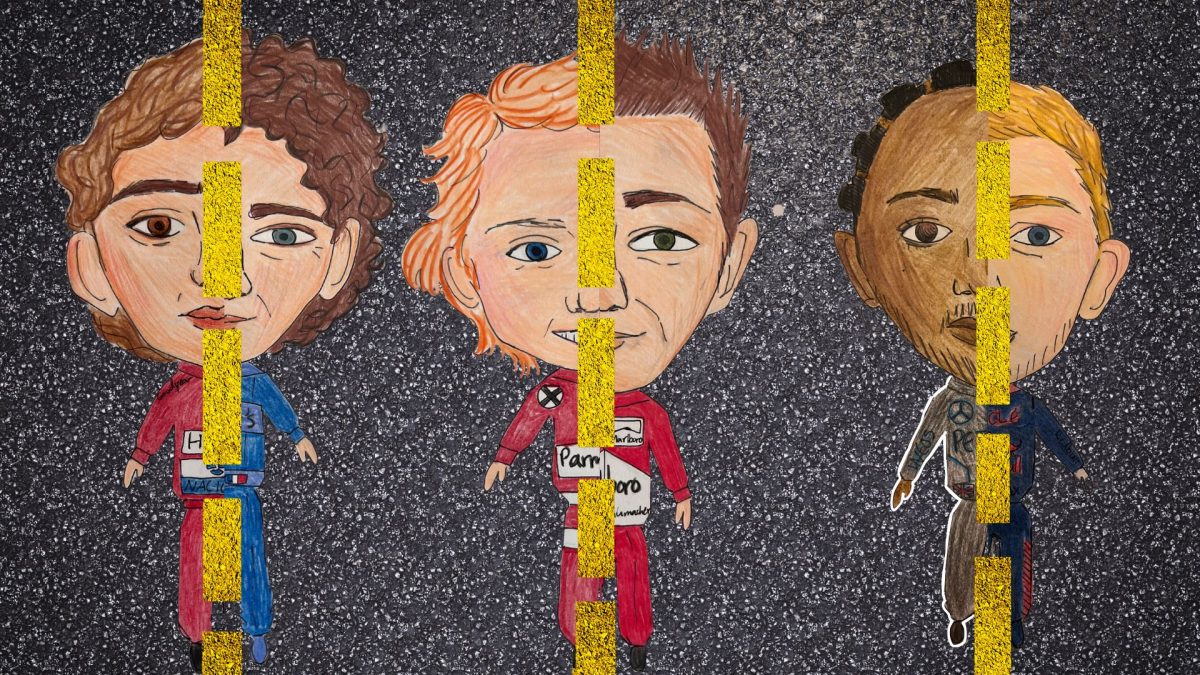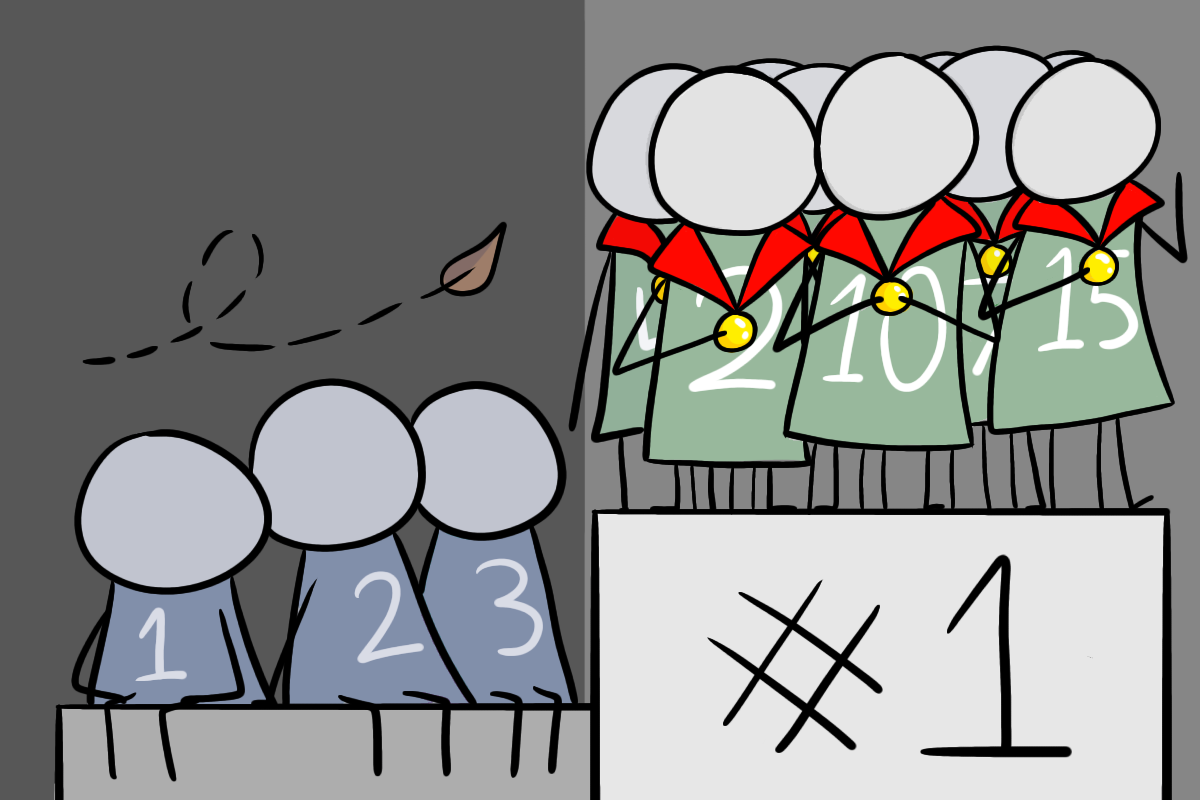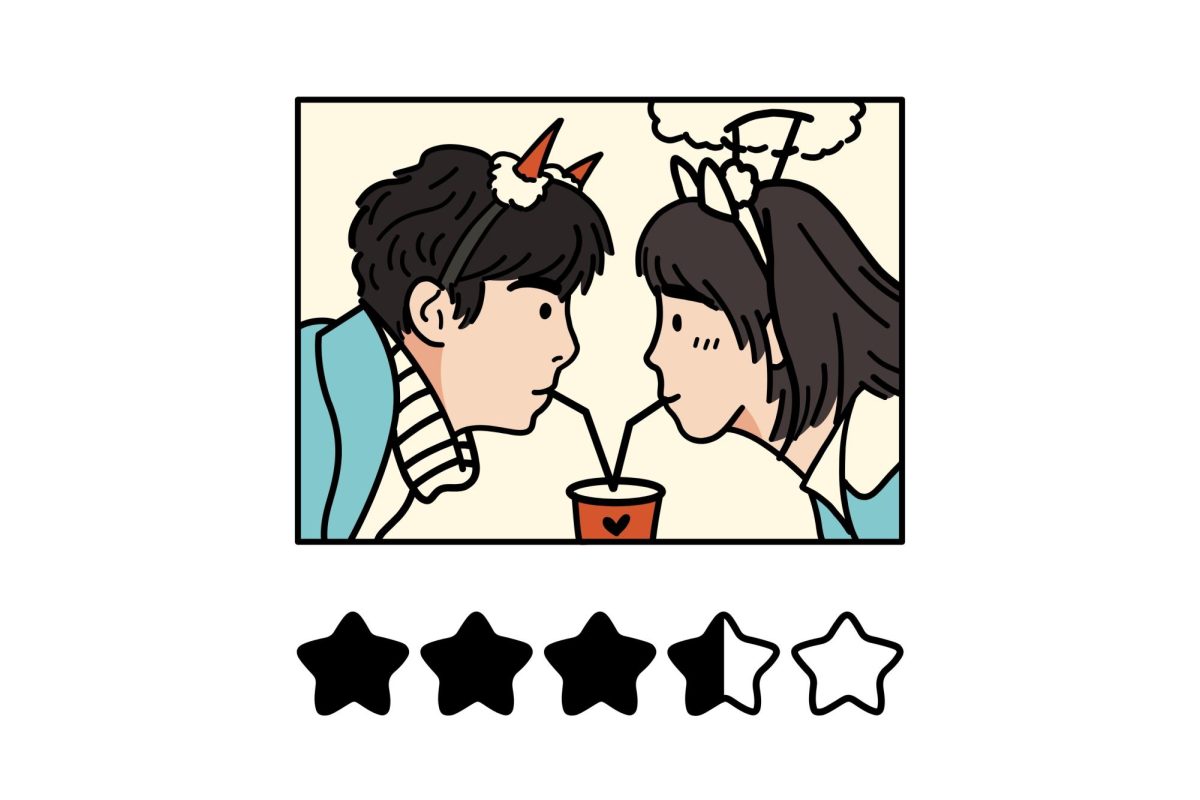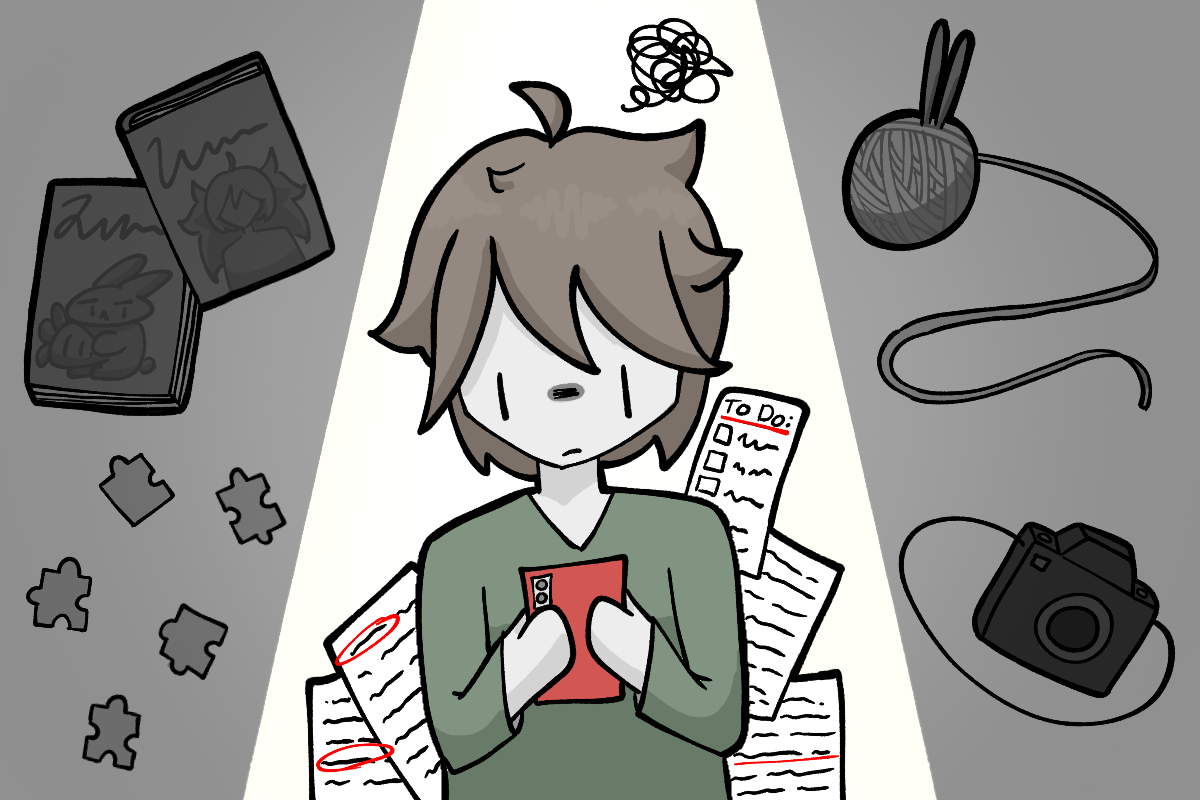‘Tis the season for many high school seniors to be scrambling to decide which college will be the best fit for them socially, academically, and financially. And ‘tis the year for many applicants, but exceptionally low acceptance rates. By the approaching deadline of May 1, many West High seniors will have chosen their future, and for many, this choice seems quite daunting. Recently, however, college admissions has caused much controversy with many Ivy League schools and other highly selective colleges hitting record low acceptance rates and also not necessarily staying true to their promise of a “need blind” admissions process.
According to CNN, Harvard accepted only 5.9% of its 34,302 applicants, which was not an unusual story. Other schools such as Princeton and Dartmouth also accepted a percentage of students in the single digits. As these numbers get increasingly low, students have begun applying to more and more colleges, dying to get into top liberal arts schools but finding it to become almost impossible after receiving rejection letters and/or wait-list forms. It begs the question whether or not these top ranked schools are really worth the stress over applications and financial aid. Are they really all that they are cracked up to be?
In a recent article in The New York Times, Kate Zernike explored what is really implied when colleges call themselves “need-blind,” therefore allowing an admission committee to consider a student on an academic level, separate from the financial office. How nice this sounds, giving everyone an equal opportunity whether the student falls into the top 1% or bottom 20%. Yet Zernike explained that colleges can find ways to determine a student’s financial situation without the information from, for example, FAFSA. According to her article, “Colleges Accepting More Students Who Can Pay Full Fare,” “This year, many of these colleges say they are more inclined to accept students who do not apply for aid, or whom they judge to be less needy based on other factors, like ZIP code or parents’ background.”
Unfortunately, this places poorer students and larger families with more children going to college in a less desirable position. The fact of the matter is that colleges cannot afford to pay for everyone’s education, and so some students simply must turn down the offer because paying for a $60,000 yearly tuition nearly in full is just completely unrealistic.
Yet, in a society where going to college is essential to finding a good job with a decent salary, this process is absurd. Everyone deserves the opportunity to go to college, no matter what his/her background is. It is wrong to place those who didn’t apply for aid over those who did in the pool of applicants, giving America’s rich yet another advantage. Sadly, college admissions seems to be becoming more and more corrupt and it is time to scrutinize the process to determine where it went wrong in order to give everyone the chance to receive a higher education.
However, although the prestige of a school such as Harvard is rather appealing, it must be instilled in student’s minds that it is not the only path to take. Harvard is not the one and only place to attend college; it is not even the perfect fit for every student. Yes, Ivy Leagues come with many opportunities and connections but that is not to say that other schools don’t.
And so in a time period when many colleges seem next to impossible, don’t go into the search and decision making process thinking about the prestige of the school. Pick the school at which you will thrive. Just because that school may not be on US News and World Report’s list of top ten universities, doesn’t mean it won’t give you great learning opportunities. College gives young adults the opportunity to explore and gain independence. It is the first step in directing your future and is perhaps one of the most exciting transitions in life. No matter where you go to college, the experience will be what you make out of it.







